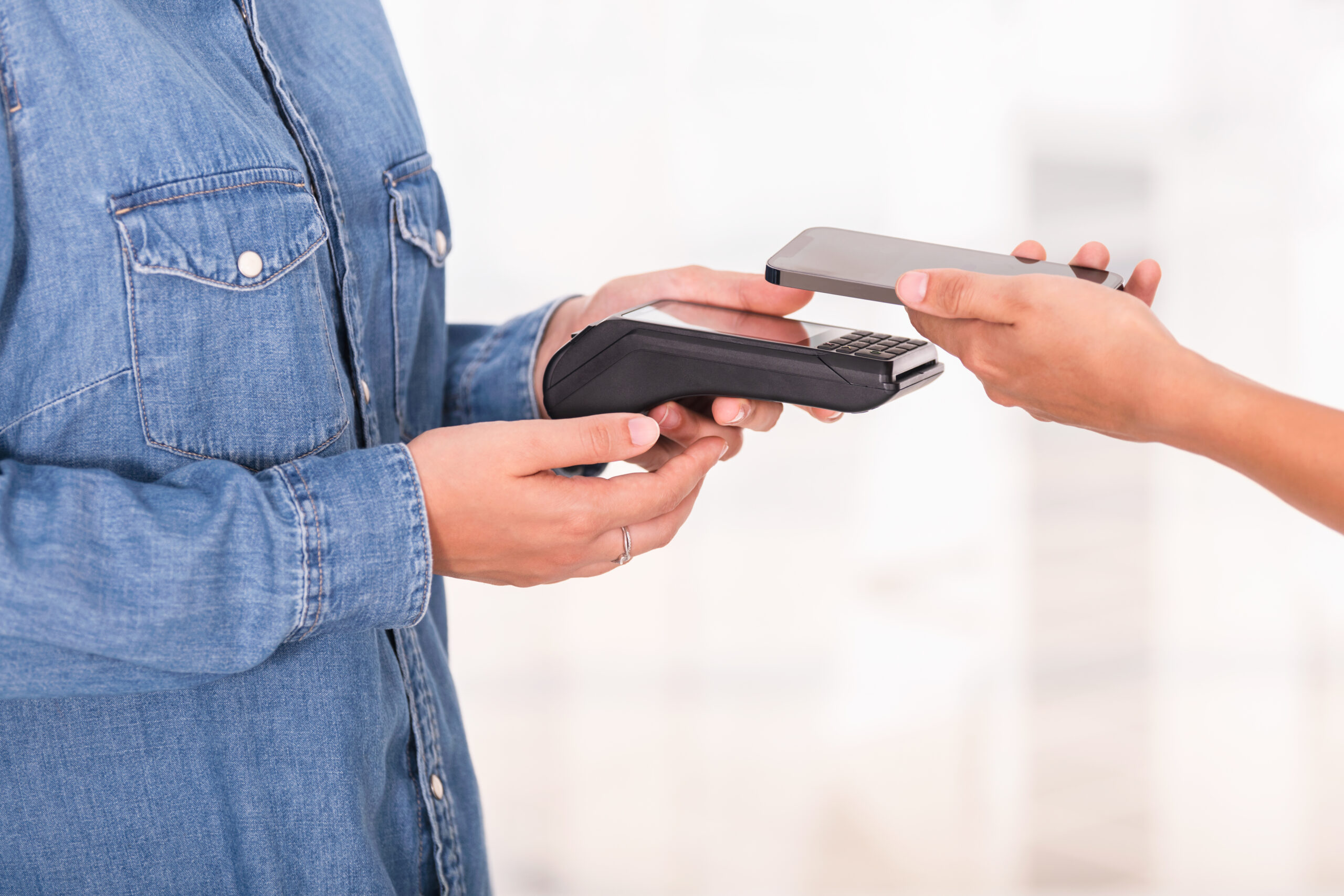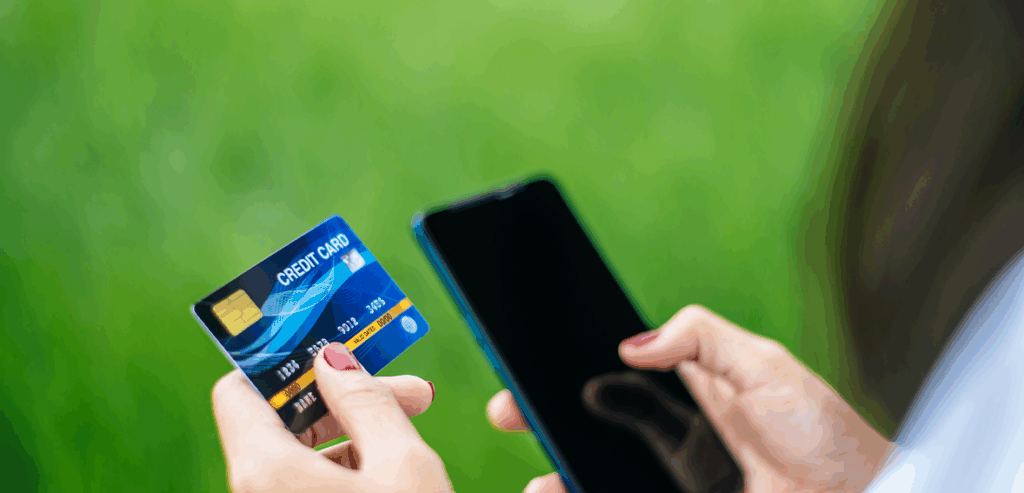
Everything You Need to Know About the Future of Cashless Transactions
The Shift to a Cashless World
Imagine walking into your favorite coffee shop, ordering your drink, and paying for it without ever opening your wallet. You simply tap your phone or smartwatch, and within seconds, the transaction is complete. For many of us, this scenario is already part of daily life. For others, it’s a glimpse into the future of money.
The rise of mobile payments has fundamentally changed the way we think about financial transactions. It is no longer just about replacing cash—it is about convenience, speed, security, and accessibility. Mobile payments are not limited to wealthy, tech-savvy societies either. From small businesses in New York to market stalls in Nairobi, the technology has penetrated every corner of the globe.
In this comprehensive guide, we will explore what mobile payments are, how they work, the different types available, the technology driving them, their benefits and challenges, global adoption trends, and where the future is headed.
Defining Mobile Payments
Mobile payments refer to any form of financial transaction completed using a mobile device such as a smartphone, tablet, or wearable gadget. Unlike traditional payments that require physical tools like cash or cards, mobile payments rely on digital credentials stored securely on your device.
These payments come in many forms. They might involve tapping your phone at a retail checkout terminal, scanning a merchant’s QR code, transferring funds through a mobile app, or completing an online purchase with a digital wallet. The unifying factor is that your mobile device becomes the payment instrument, making it the centerpiece of modern commerce.
The Journey of Mobile Payments: From Text Messages to Digital Wallets
The story of mobile payments is one of innovation and necessity.
The earliest experiments took place in the late 1990s and early 2000s when mobile operators allowed users to pay for ringtones and downloadable content via SMS. These transactions were small, but they proved that a phone could act as more than just a communication tool.
In the mid-2000s, mobile money emerged as a lifeline for communities without access to banks. Kenya’s M-Pesa, launched in 2007, is a prime example. It enabled people to deposit, withdraw, and transfer funds using simple feature phones. For millions of unbanked individuals, mobile payments became their first step toward financial independence.
The arrival of smartphones accelerated progress. With Apple’s introduction of the iPhone in 2007, app ecosystems blossomed. Google, Apple, and Samsung began building wallets that allowed consumers to store card information digitally and pay through NFC-enabled terminals.
By the 2010s, peer-to-peer apps like Venmo, Zelle, and Cash App made it easy to split bills, send rent payments, or reimburse friends instantly. In Asia, platforms like Alipay and WeChat Pay embedded payments into social networks and shopping platforms, creating a seamless digital economy.
The COVID-19 pandemic pushed mobile payments into the mainstream. Health concerns over handling cash and the need for touch-free transactions drove consumers and businesses to adopt mobile solutions at unprecedented rates.
How Mobile Payments Work in Practice
While the specifics vary depending on the platform, most mobile payments follow a series of steps that ensure both speed and security.
The process begins with initiation. The consumer chooses to pay using a mobile device. This may involve tapping a smartphone at an NFC-enabled terminal, scanning a QR code, or confirming a transaction inside an app.
Next comes authentication. To confirm identity, the device may request a passcode, fingerprint, or facial scan. This layer of security ensures that even if a phone is stolen, unauthorized users cannot make payments easily.
The third stage is routing. The payment request travels across financial networks. If it’s card-based, it flows through payment processors and card networks like Visa or Mastercard. If it’s a bank transfer, it moves through ACH, UPI, or other clearing systems.
Finally, authorization and settlement complete the process. The customer’s bank or wallet provider verifies funds or credit availability and communicates approval to the merchant. The merchant’s account is credited, and the transaction is recorded in real time.
Crucially, sensitive details like card numbers are rarely transmitted directly. Instead, payment systems use encryption and tokenization to keep data secure.
Types of Mobile Payments
Contactless Payments
These use Near Field Communication (NFC) technology, allowing a phone or wearable to “tap” a point-of-sale terminal. Examples include Apple Pay, Google Pay, and Samsung Pay. Transactions are instant and highly secure.
QR Code Payments
Instead of tapping, consumers scan a quick response (QR) code displayed by the merchant. This method is dominant in countries like China and India because it requires minimal hardware investment from businesses.
Mobile Wallets
Mobile wallets store payment cards, loyalty cards, and sometimes transit passes digitally. They allow for online shopping, in-store payments, and peer-to-peer transfers, all from one app.
In-App Purchases
Apps like Uber, DoorDash, and Spotify integrate payments directly into the user experience. Customers don’t need to enter details repeatedly; the payment occurs seamlessly in the background.
Peer-to-Peer (P2P) Transfers
These apps make it easy to send money directly to another individual. Popular in the U.S. are Venmo, Zelle, and Cash App, while Alipay and WeChat Pay dominate in Asia.
The Technology Powering Mobile Payments

Near Field Communication (NFC) lies at the heart of contactless payments, enabling secure, short-range communication between devices. It’s fast, reliable, and resistant to interception.
QR codes represent a more cost-effective approach. They encode payment details in a scannable format, requiring only a smartphone camera to complete a transaction.
Tokenization enhances security by replacing sensitive card details with unique digital tokens. Even if intercepted, tokens cannot be reused, minimizing fraud risk.
Biometric authentication provides additional protection. With most modern devices featuring fingerprint sensors or facial recognition, mobile payments have a built-in safeguard against unauthorized use.
Blockchain and cryptocurrencies, while still emerging in mainstream payments, are also influencing the space. They promise faster cross-border transfers, reduced fees, and greater transparency in the long run.
Benefits of Mobile Payments

Convenience is perhaps the most obvious advantage. With a phone or smartwatch, consumers can complete transactions without digging for cash or cards.
Security is another significant benefit. Tokenization, encryption, and biometrics make mobile payments harder to exploit than traditional card swipes.
For businesses, mobile payments streamline operations. Faster checkout times reduce lines, and integration with loyalty programs encourages customer retention. Digital transaction data provides valuable insights into consumer behavior.
Mobile payments also promote financial inclusion. In countries where banking access is limited, mobile wallets provide a bridge for millions of unbanked individuals to join the financial system.
Finally, they contribute to sustainability by reducing the need for paper receipts, checks, and printed currency.
Challenges That Remain
Despite their advantages, mobile payments are not without challenges. Security remains a concern, particularly when users fall victim to phishing, SIM swap fraud, or malware.
Fragmentation is another issue. With so many platforms in the market, not all merchants accept every option. Consumers may face frustration when their preferred wallet is not supported.
Infrastructure limitations exist as well. Small businesses may struggle to afford NFC-enabled terminals, and rural areas with poor connectivity may find mobile transactions unreliable.
Regulatory hurdles complicate global adoption. Compliance with anti-money laundering (AML) laws, data privacy rules, and financial reporting requirements differs from country to country.
Consumer trust is also critical. Some people remain hesitant, believing mobile payments are less safe than traditional options, despite evidence to the contrary.
Global Adoption Trends
Asia is the leader in mobile payment adoption. In China, platforms like Alipay and WeChat Pay dominate everything from street vendors to luxury retailers. India’s Unified Payments Interface (UPI) processes billions of transactions monthly, transforming the financial landscape.
In Europe and North America, adoption is growing more slowly but steadily. The pandemic encouraged more people to try contactless payments, and younger generations are driving uptake of digital wallets.
The concept of “super apps” is taking hold. In Asia, services like Grab, Gojek, and Paytm bundle payments with ride-hailing, food delivery, and financial services. This all-in-one model is beginning to inspire Western platforms.
Wearables are also expanding adoption. Smartwatches, fitness bands, and even payment-enabled rings now make mobile payments possible without phones.
Cross-border payments are evolving, with digital wallets offering cheaper alternatives to traditional remittance services.
The Future of Mobile Payments
Looking ahead, mobile payments are poised to become even more integrated into daily life. Artificial intelligence will enhance fraud detection and personalize consumer experiences. Machine learning will allow systems to anticipate preferences and offer tailored solutions.
Blockchain and central bank digital currencies (CBDCs) could reshape the infrastructure of payments, enabling faster, cheaper, and more transparent transactions.
Invisible payments may become common. Retail models like Amazon Go, where consumers simply walk out with products and are charged automatically, show how frictionless payments could define the future.
Businesses will need to adapt. Offering mobile payment options will not be a luxury but a necessity. Consumers will expect quick, secure, and flexible methods, and those that fail to deliver risk losing relevance.
Conclusion
Mobile payments have come a long way from their humble beginnings. What started as text-message transactions for small purchases has grown into a global phenomenon redefining how people interact with money. They combine convenience, security, and inclusivity, offering value to both consumers and businesses.
Challenges like security risks, fragmented systems, and infrastructure gaps remain, but the momentum is undeniable. As technology advances and adoption spreads, mobile payments will become an even more seamless and invisible part of commerce.
For individuals, learning how mobile payments work is no longer optional—it is essential. For businesses, embracing them is not about gaining a competitive edge but about ensuring survival in an increasingly digital economy. Mobile payments are not the future; they are the present, and their role will only grow from here.